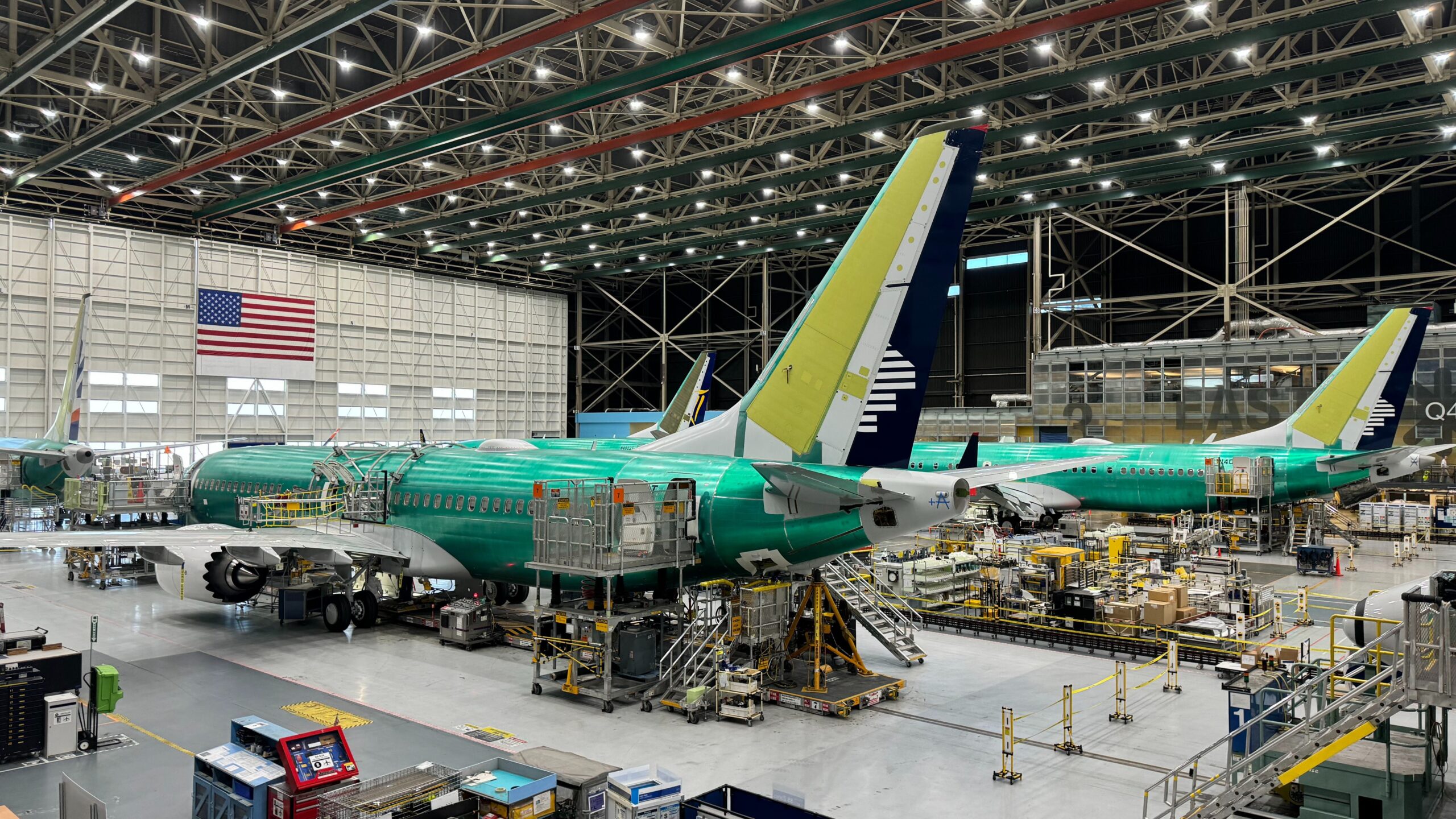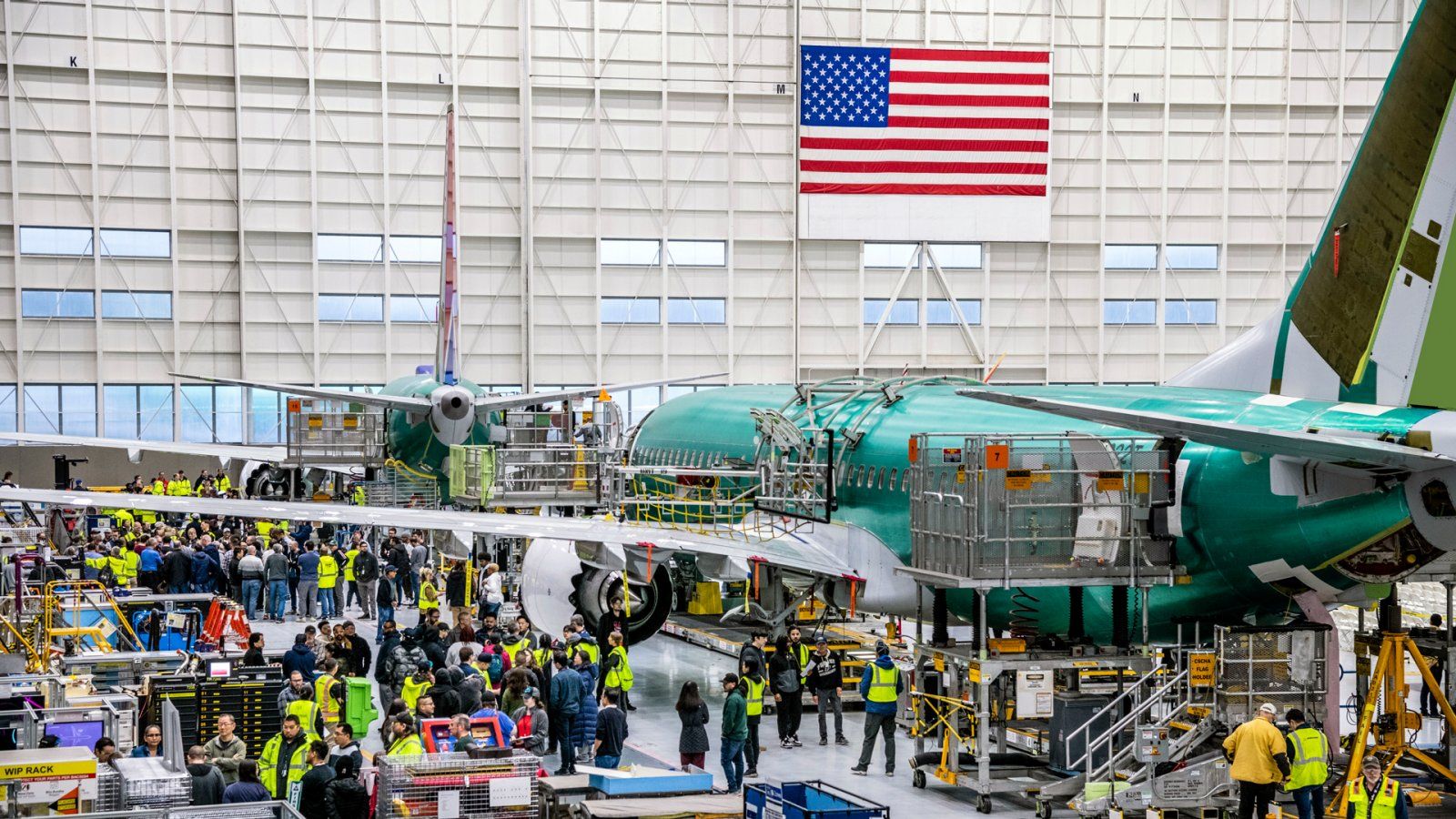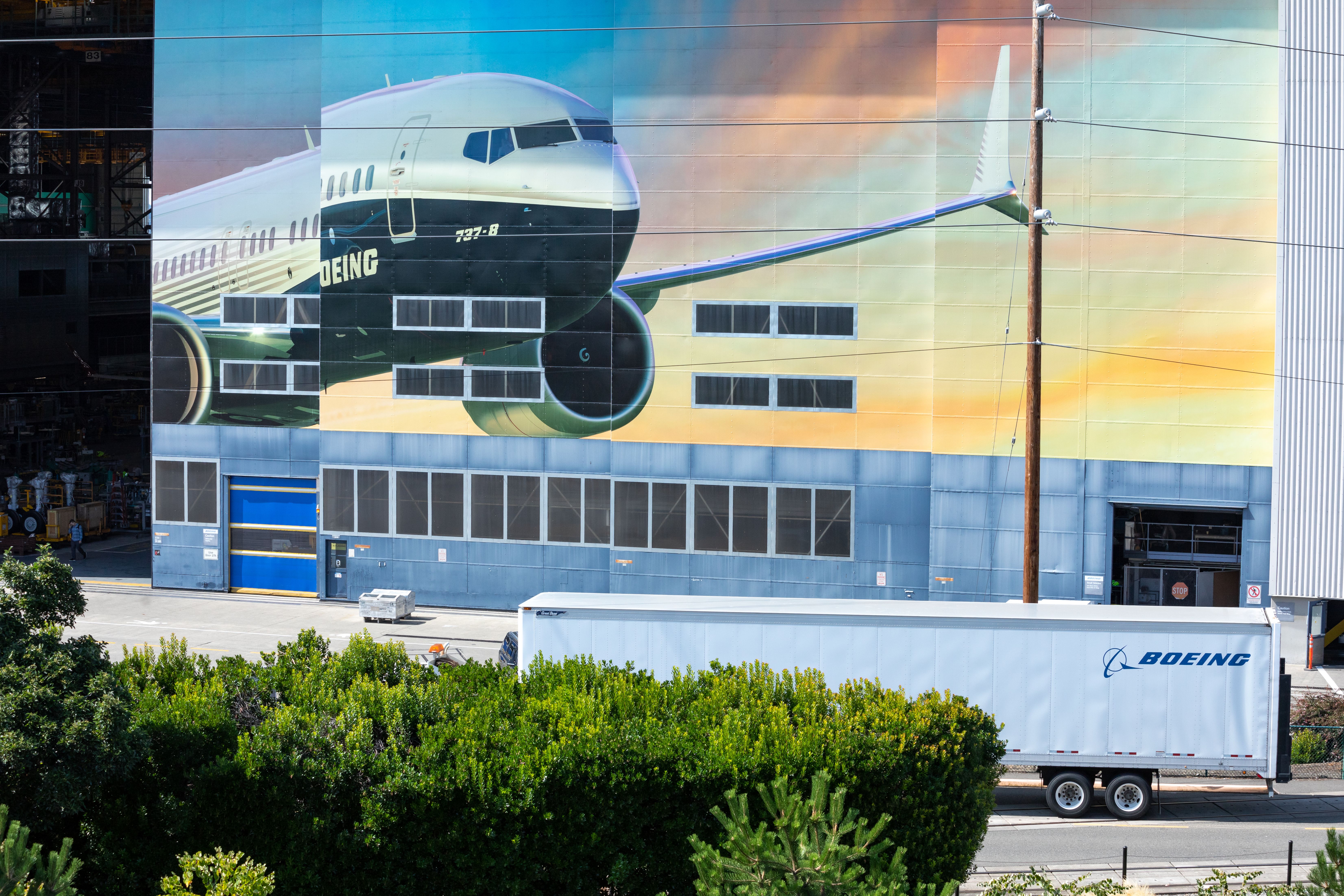Summary
- Boeing’s executives have shared the company’s plans to redesign the mid-exit door plug on the 737 MAX 9.
- The development was shared during the NTSB’s hearings about the Alaska Airlines 737 MAX 9 door plug blowout in January.
- The hearings will continue on August 7.
During day one of the National Transportation Safety Board (NTSB) hearings related to the Alaska Airlines Boeing 737 MAX 9 door plug blowout on August 6, Boeing’s representatives said that the company would redesign the door plug to prevent another blowout.
Redesigning the door plug
Elizabeth Lund, the senior vice president of Quality of Boeing Commercial Airplanes (BCA), said during the hearing that Boeing was designing changes to the mid-exit door plug, which the plane maker aimed to introduce soon.
Boeing will also retrofit the redesigned door plugs to the current fleet of 737 MAX 9 aircraft.
However, not every 737 MAX 9 has a door plug, and airlines that have chosen a denser cabin configuration have to equip their aircraft with emergency exits instead of the door plug to conform with evacuation requirements.
Nevertheless, Lund detailed that Boeing’s engineers were working on design changes that would allow the door plug to not be closed if there was any issue until it was firmly secured.
Photo: NTSB
The Boeing executive also acknowledged the problems that Boeing has faced with its safety and quality management, sharing that the current state of the company was concerning and that the manufacturer was working hard to rectify those issues.
During the hearing, Jennifer Homendy, the chair of the NTSB, has continued to criticize Boeing’s safety culture, noting that the company had a long way to go to fix the issues that have once again put the spotlight on the aircraft manufacturer.
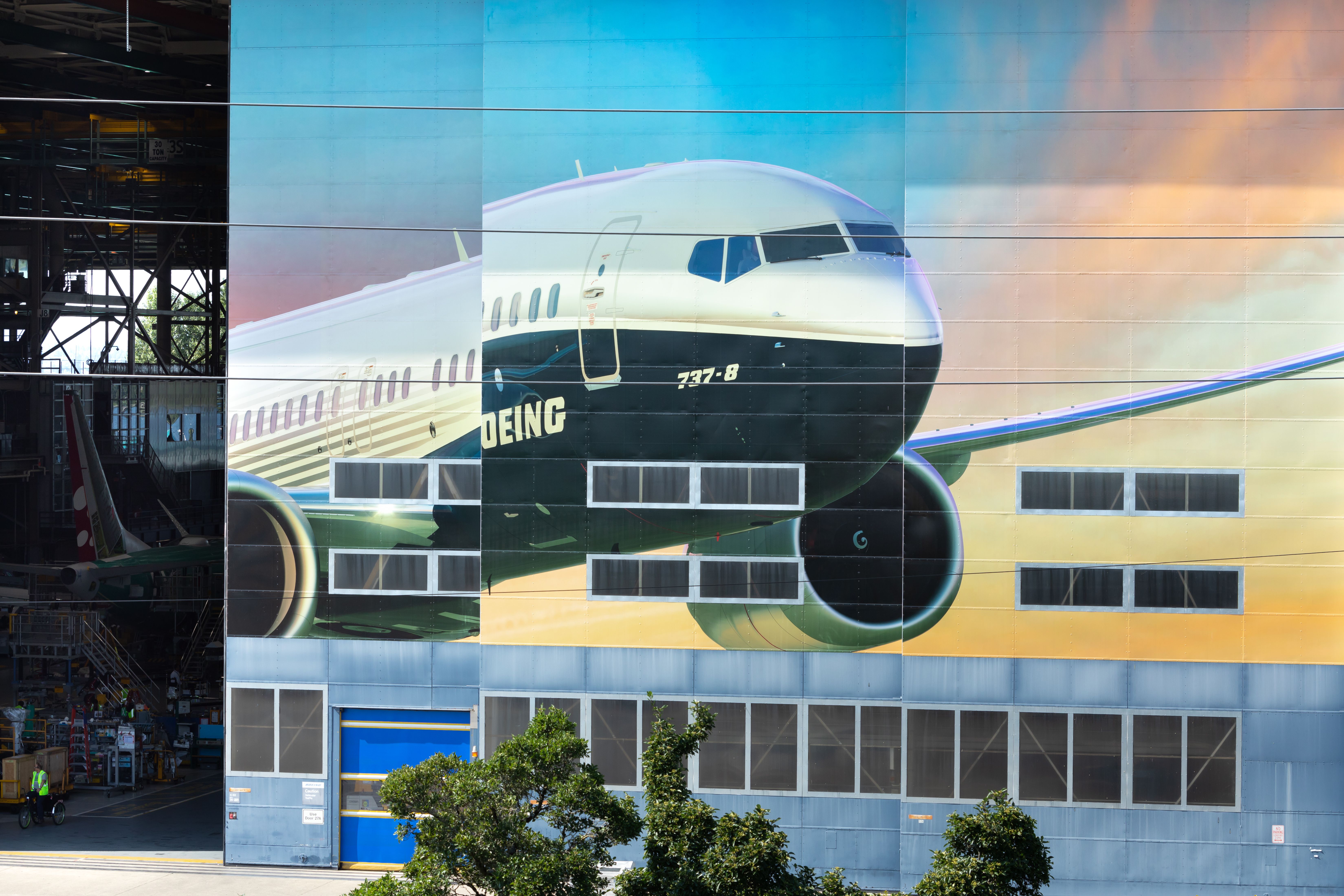
Related
FAA Administrator Sees “Long Road” Ahead To Restore Boeing Safety Culture
While the manufacturer has made a series of improvements, the FAA believes that Boeing still has a long way to go to improve its culture.
Making improvements
Following the Alaska Airlines incident, Boeing has made promises to introduce changes to its processes to improve the safety and quality of its aircraft, especially the 737.
During the hearings, Boeing’s executives and contractors detailed that 737 fuselages had been arriving from Spirit AeroSystems at its Renton, Washington, United States assembly line with multiple defects, with Lund remarking that the defects had worsened just around the time of the mid-air door plug blowout.
Photo: Boeing
On January 15, Stan Deal, the now-retired president and chief executive officer (CEO) of BCA, introduced immediate safety and quality improvement actions.
These included additional quality inspections, team sessions on quality, Boeing’s review of Spirit AeroSystem’s work, airline oversight inspections, and an independent party audit of its quality management system to improve its processes.
Boeing’s moves to improve the quality of its products culminated in the acquisition of Spirit AeroSystems for $8.3 billion, which includes the supplier’s debt, on July 1. The transaction should be finalized by mid-2025.
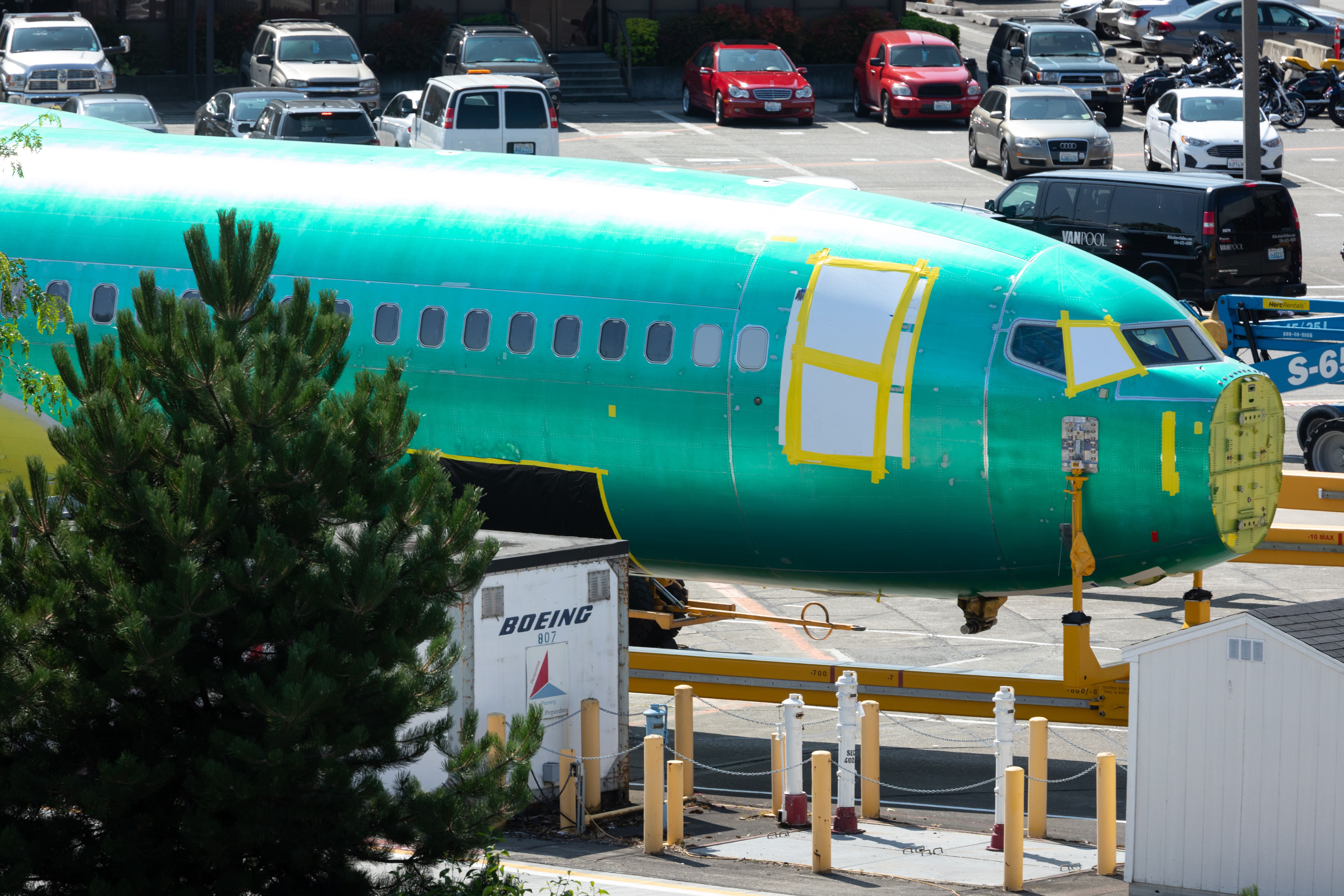
Related
Boeing Will Buy Spirit AeroSystems For $4.7 Billion In Stock & Airbus Enters $559 Million Agreement For Its Parts
Boeing is in the final stages of acquiring its once-owned sites in Wichita, Kansas, which have been operating as Spirit AeroSystems.
Hearings continue
The NTSB hearings will continue on August 7. According to the government agency’s published agenda, multiple BCA, Spirit AeroSystems, the Federal Aviation Administration, and International Association of Machinists and Aerospace Workers (IAMAW) executives and representatives will discuss quality management systems (QMS) and safety management systems (SMS).
Photo: VDB Photos | Shutterstock
In the following panel, BCA, Spirit AeroSystems, FAA, and IAMAW stakeholders will go through the FAA’s oversight of aircraft production, and the results of the FAA’s audit of Boeing.
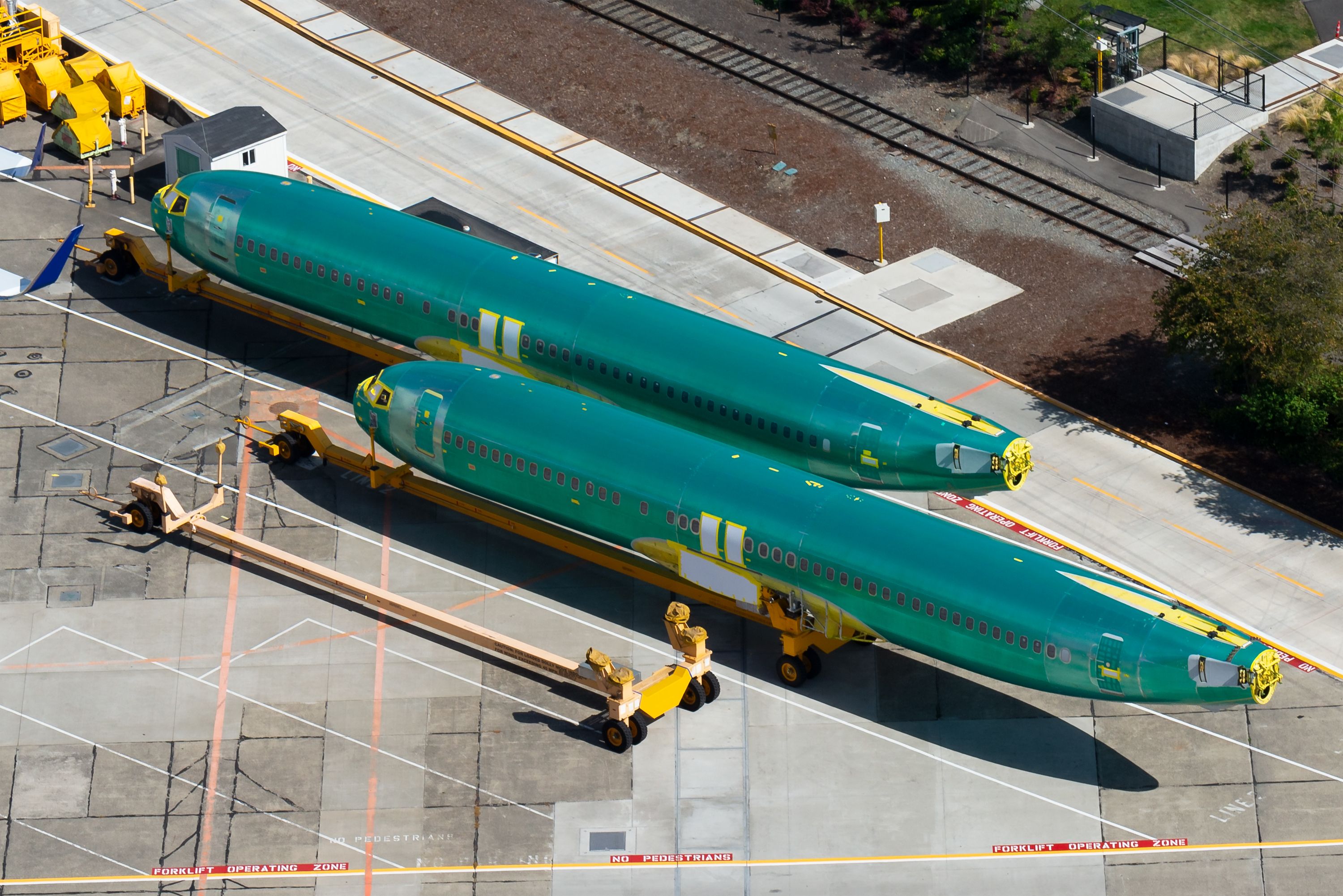
Related
Spirit AeroSystems Reports $415 Million Loss During Q2 2024
As of June 27, 2024, Spirit AeroSystems had only $206 million of cash, with the company continuously bleeding cash during the first half of the year.
